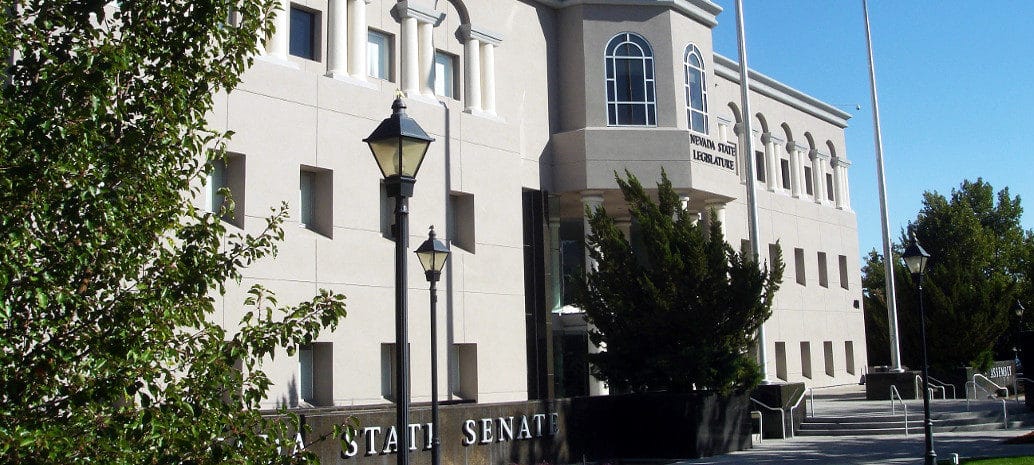With all the buzz around the rise of 100% clean energy commitments by states, it is important to remember one critical dimension: time.
With the exception of Washington D.C., all of the 100% zero carbon and/or renewable energy policies that have been implemented in three states and Puerto Rico have a 2045 or 2050 timeframe to meet this target.
Interim targets are all over the map; New Mexico has a 50% by 2030 mandate, whereas California took the opportunity to increase its RPS to 60% by that date. Hawaii pushes most of the action to the final 15 years, calling for only 40% by 2030, and Puerto Rico mandates and initial rush to increase renewable energy 13x to reach 40% by 2025, but then only calls for 60% by 2040.
SB 358, which passed the Nevada Senate yesterday, falls squarely in the middle of these. If passed, Nevada would be in a three-way tie with New Jersey and New York for the fourth-most aggressive 2030 renewable energy mandate of any state-level jurisdiction, after Washington D.C., Vermont and California.
It would also set a goal for the state to generate a volume of electricity from zero-carbon resources equal to its demand by 2050, which is a curious take on the 100% renewable energy movement. The language appears to be non-binding, and Nevada is leaving in a loophole that would still allow exports of fossil fuel-fired power to other states – assuming that in 2050 it can still find a buyer.
Many efforts
This is not the first attempt to implement a stronger renewable energy mandate in the state. Nearly two years ago former Nevada Governor Brian Sandoval (R) vetoed an effort to increase the state’s RPS to 40% by 2030, up from its current 25% by 2025.
This did not stop renewable energy proponents, and last fall voters approved a Tom Steyer-backed ballot initiative to increase Nevada’s RPS to 50% by 2030. However as this is expressed as an amendment to the state’s constitution, voters must approve it again in 2020 before it can take effect.
This is, of course, if SB 358 does not get there first. The Democratic Party holds majorities in both houses, but in Nevada unlike some other states renewable energy appears to be broadly popular among both parties. Additionally, Nevada Governor Steve Sisolak (D) has stated not only his support of the 50% by 2030 ballot initiative, but that he’d like to put the state on a path to 100% renewable energy.
Progress on (and in) the ground
While Nevada has struggled politically to set these more ambitious goals, the state is making significant progress in its turn to renewable energy. Nevada is one of only three states known to pv magazine where in-state solar generation is equivalent to more than 10% of electricity demand, but the state is also blessed with geothermal resources, and in 2017 solar and geothermal together made up 19% of generation in the state.
Nevada still has substantial coal and gas-fired generation, but the future is likely to be even more powered by solar and batteries, as the U.S. Department of Energy estimates that it has the best natural solar potential of all 50 states.
Correction: This article was corrected at 12:15 PM EST on April 22. A previous version of this article stated that the 2050 clean energy target was a mandate; instead it appears to be a goal. The language around this has been corrected and we regret the error.
This content is protected by copyright and may not be reused. If you want to cooperate with us and would like to reuse some of our content, please contact: editors@pv-magazine.com.









By submitting this form you agree to pv magazine using your data for the purposes of publishing your comment.
Your personal data will only be disclosed or otherwise transmitted to third parties for the purposes of spam filtering or if this is necessary for technical maintenance of the website. Any other transfer to third parties will not take place unless this is justified on the basis of applicable data protection regulations or if pv magazine is legally obliged to do so.
You may revoke this consent at any time with effect for the future, in which case your personal data will be deleted immediately. Otherwise, your data will be deleted if pv magazine has processed your request or the purpose of data storage is fulfilled.
Further information on data privacy can be found in our Data Protection Policy.